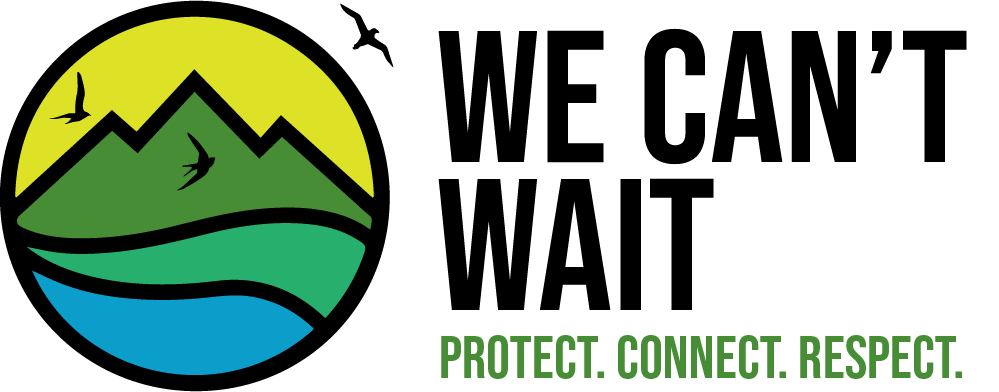Defend the Great Bear Sea
Show your support for a network of marine protected areas in the Great Bear Sea.
Why Protect the Great Bear Sea?
Also known as the Northern Shelf Bioregion, these abundant offshore islands, rocky shorelines and deep fjords are home to iconic wildlife. Every summer, migrating humpback whales come to feed in these rich waters. Both Bigg’s and Northern Resident killer whales cruise through the Great Bear Sea. Once hunted to extinction from BC, reintroduced sea otters are bouncing back and helping bring back balance to ecosystems. Healthy kelp forests, seagrass meadows, and glass sponge reefs provide shelter for marine life like rockfish and shrimp. This rich stretch of ocean helps fight climate change by storing blue carbon.
Indigenous Peoples have stewarded the Great Bear Sea since time before memory. These waters have supported vibrant societies and cultures for thousands of years. Indigenous Peoples continue to lead the stewardship of healthy coastal waters now and for generations to come. Care and respect for nature is woven through many cultural values. Responsible management of the coast ensures sustainable resources and local food security.



Working Together to Create a Marine Protected Area Network
For over a decade, 17 First Nations, in partnership with the federal and provincial governments, have been working together to create a network of marine protected areas to safeguard the Great Bear Sea. The MPA network aims to protect marine wildlife and First Nations’ cultural conservation priorities.
The dual crises of climate change and biodiversity loss threaten the Great Bear Sea’s ability to provide for the future. Marine protected areas can act as an insurance policy to keep marine life healthy in the face of a changing ocean. These designations grant refuge from harmful human activities. When we protect the oceans, we’re not only protecting nature. We’re also supporting healthy and sustainable local economies along the coast.

Location
Pacific Ocean
Threats
● Overharvesting
● Destructive fishing
● Pollution
Potential Protected Area
30,000+ km2
Who’s Involved?
Government of Canada, Government of British Columbia, 17 First Nations, and CPAWS British Columbia.
Nations include the Gitga’at, Gitxaala, Haisla, Kitselas, Kitsumkalum, Metlakatla, Heiltsuk, Kitasoo/Xai’xais, Nuxalk, Wuikinuxv, Da’naxda’xw Awaetlala, Mamalilikulla, K’ómoks, Kwiakah, Tlowitsis, and Wei Wai Kum First Nations, and the Council of the Haida Nation.
Campaign Active
Share Campaign
ACT NOW FOR NATURE
You can make a difference. Take action in the fight against biodiversity loss and climate change by using your voice to help protect land and ocean in Canada. We can’t wait.

